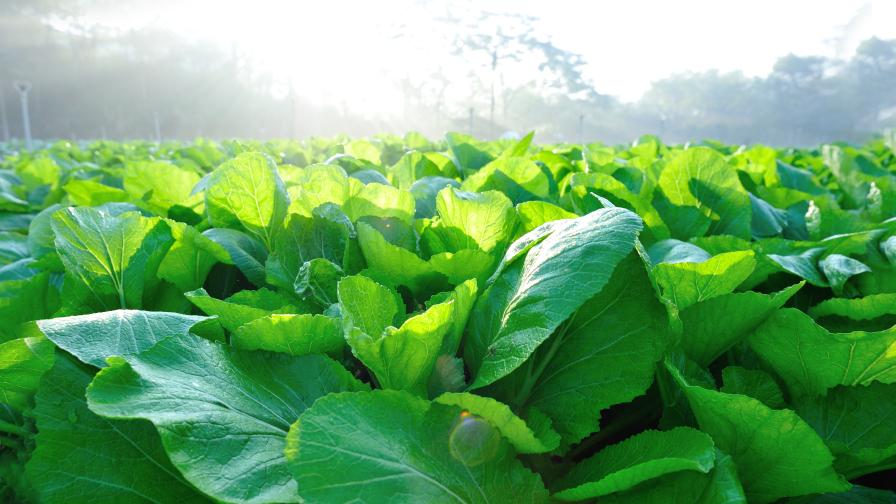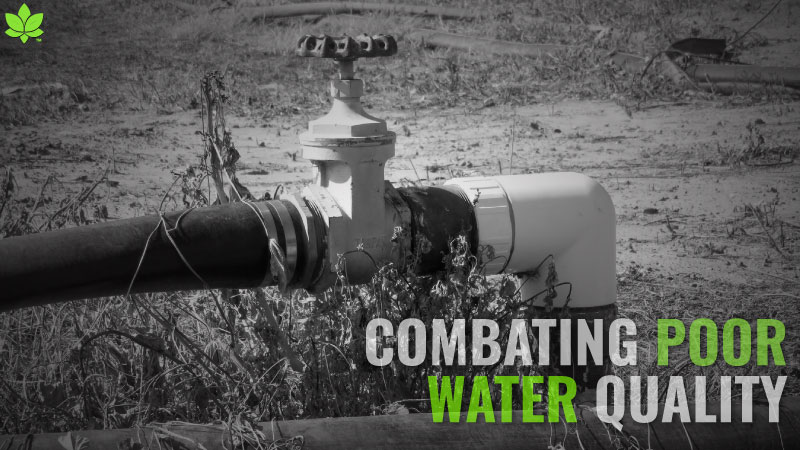Why Making Progress in Agriculture Can Be Messy
Agricultural practices move forward and progress due to several factors. Of course, the key driver of progress is developing new technologies. As we speak, automated weeding, harvesting, and other labor-intensive practices rapidly advance and you’ll find them in use on vegetable operations.
Another dynamic technological advancement? New vegetable varieties and our understanding of genetics and plant breeding. As a result, there is tremendous progress in improving vegetable production. The many-fold breeding efforts have resulted in improved yields, quality, and resistance to insects, diseases, and abiotic disorders.
Other major drivers of progress in vegetable production are the costs and availability of inputs such as water, fertilizers, amendments, and labor. While these influences are not always pleasant, they do shape how farms are run. They shape how we use inputs and adjust practices to be more efficient while still having good production and profitability.
You can debate if their influence can be considered “progress,” but if it drives efficiencies, then we’re moving forward.
Consider Pesticide Regulations
Another unpopular influence on progress (due to the stress it causes) is regulation.
In the Salinas Valley over the past 30 years or so, pesticide regulations have had an effect. The changes spurred by these regulations increased production costs, but they also improved public confidence in the agricultural industry’s responsibility toward the environment and public safety.
These regulations provide benefits to the environment, which is particularly important for areas that operate in close quarters with urban areas.
Ideally, agricultural compliance results in a more favorable attitude toward agriculture, resulting in a stronger partnership. Having the public as a partner instead of an adversary, recognizing the benefits that agriculture brings to their communities (e.g., fresh, local food and open space to just name two) would be progress. So, you can argue that these regulations were a step forward in progress for the agricultural industry.
New Fertilizer Regulations in Effect
Ag Order 4.0, a new set of regulations established by the Central Coast Regional Water Quality Control Board (CCRWQCB), became a reality on April 15, 2021. It established regulations that will ultimately limit the amount of fertilizer growers can apply to vegetable production fields.
The CCRWQCB aims to safeguard groundwater resources, which provide drinking water for all Central Coast region municipalities. This is of course an unquestionable and critical need.
As with other regulatory changes, however, the initial aspects are painful because they cause consternation, uncertainty, and increased costs.
Ag Order 4.0 phases in limits on fertilizer use, spread over the next several years. The following metric guides fertilizer limits: Nitrogen applied to the crop (A) minus nitrogen removed in the harvested product (R) = the proposed limits.
The limit is on a per acre basis over a calendar year. In double- and triple-cropped scenarios, complying with this metric is going to be very challenging as the limits ratchet down.

Cover crops, like the mustard shown here, bridge the nitrogen they scavenge and sequester it in their biomass over the rainy winter months when it may otherwise leach.
What Will Change?
This metric is encouraging growers to consider the use of cover crops. The reason for this is that cover crops were smartly included on the R side of the equation.
This makes sense. Cover crops bridge the nitrogen they scavenge and sequester it in their biomass over the rainy winter months when it may otherwise leach. They then bring it to the following crop season, when it slowly mineralizes and is available for crop growth.
Given that cover crops can take up 100 to 150 pounds of nitrogen per acre, the growers can receive this amount of credit on the R side of the equation — a significant incentive.
With the stroke of a pen, the CCRWQCB may have done more to incentivize the use of cover crops than almost any other influence.
You can find solid research detailing how cover crops improve soil and crop health, so I won’t detail all of them here. Given the issues we have in the Salinas Valley with nitrate leaching and soilborne diseases, however, the increased use of cover crops spurred on by these regulations will be a positive development.
I don’t mean to say that operations will suddenly plant cover crops on 100% of the vegetable ground, because economic and scheduling obstacles remain. The regulation may encourage growers to consider their use in situations where they currently do not.
About 5% of the vegetable acreage in the Valley is cover cropped. We don’t know how much of an increase due to the regulations may occur, but if the acreage is doubled or tripled, that would be a significant development.
Given the overriding need for carbon inputs to Salinas Valley soils to improve soil and crop health, these regulations may ultimately contribute to the march of progress in agricultural production.










